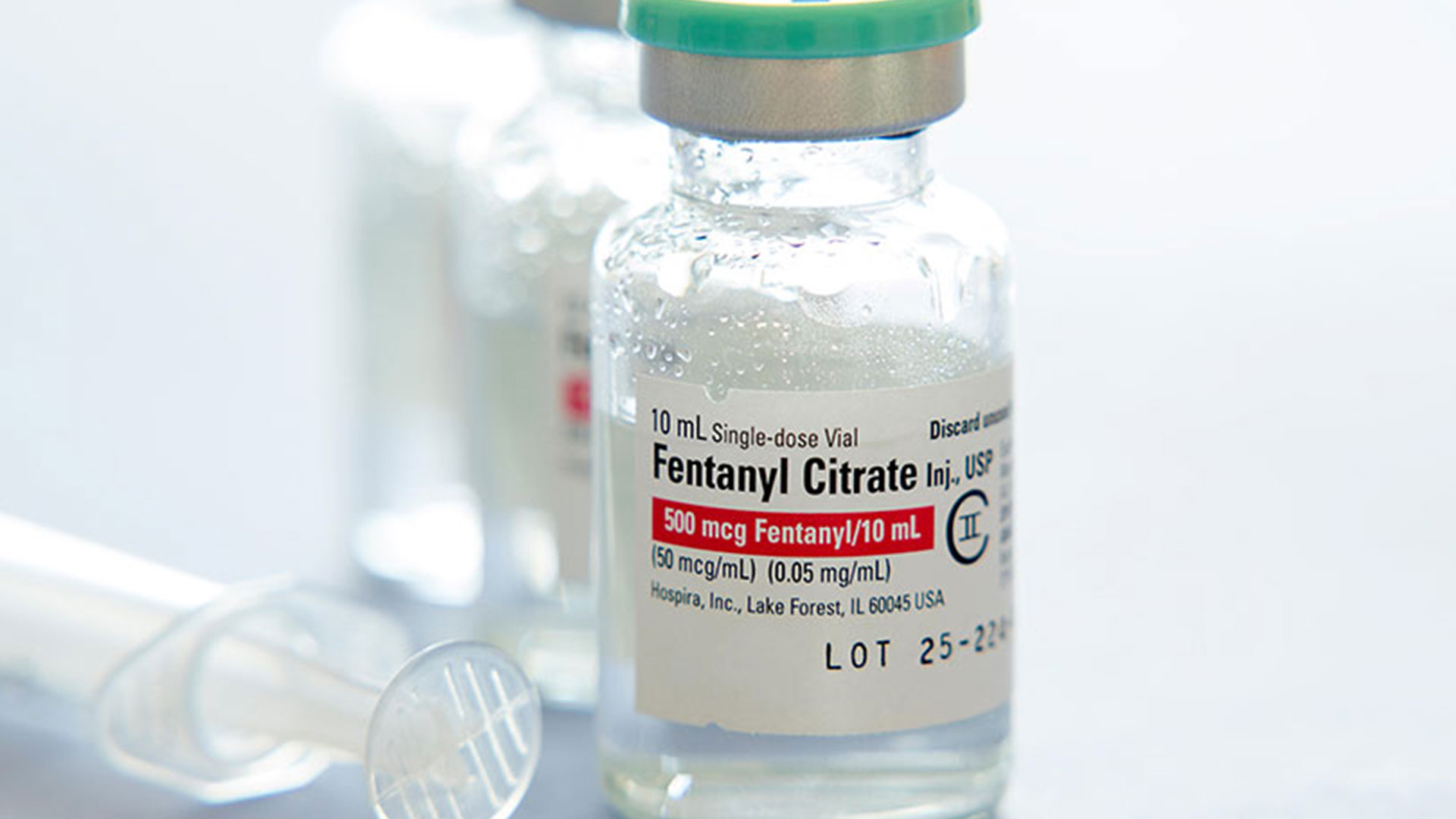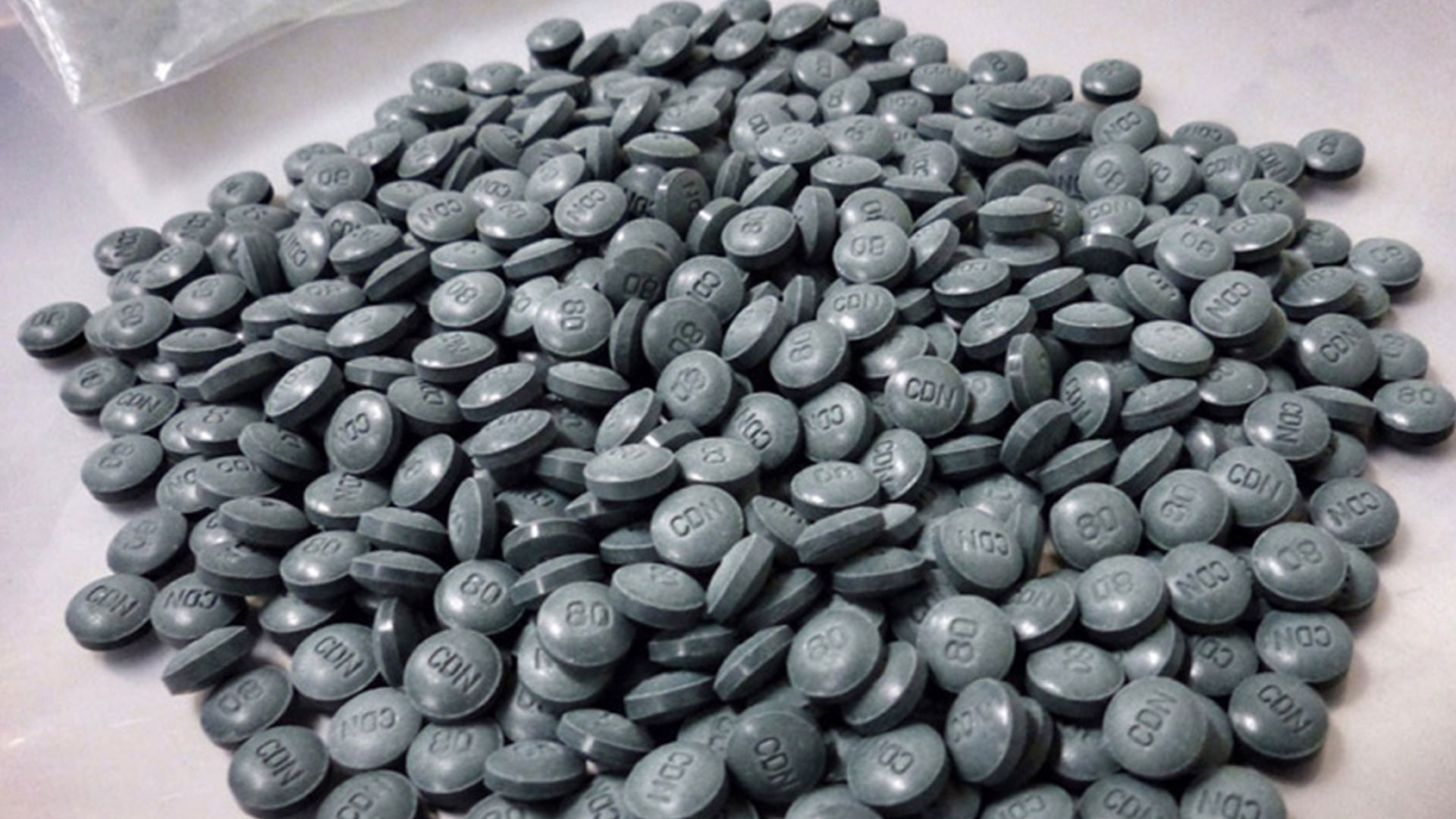07 Aug Studies Show: Fentanyl Now Responsible for Half of Overdoses in US
Table of Content
When police release a statement claiming that they’d prefer to find ‘heroin over fentanyl,’ then given the nature of heroin, you know we’re dealing with something serious. Having been introduced to the drug markets of America roughly around a decade ago, and experiencing a rather quick rise to popularity, the opioid fentanyl is now claiming lives at an alarming rate. It’s the same drug Prince overdosed on, and the same drug that sent two first responders in Maryland to the hospital simply because they came into skin-to-skin contact with it. Our point: it’s deadly, highly addictive, and it has made a full migration into our country.
To put it into perspective, in Pennsylvania alone there were around 330 deaths from fentanyl-related overdoses in 2014. Come the next year, there were 913. In North Carolina, in 2014, there were 226 fentanyl-related deaths, which then jumped to 321 the following year. And lastly Georgia, in the span of three years has seen an over 100% climb in fentanyl-related overdoses. While these states could be considered isolated incidents (and fentanyl seems a bit more rampant on the east coast), fentanyl overdoses are rising across nearly every state, California included.
But first, to truly highlight the repercussions of fentanyl, we have to understand why users are taking it and where the source of the addiction lies.

Credit: Science News
What is fentanyl and how is it used?
Fentanyl is an opioid derived from alkaloids in the poppy seed. It’s just about the strongest synthetic opioid prescribed by doctors (as a painkiller), and usually never for a happy ending. Often fentanyl is prescribed to late-stage cancer patients to curb their pain during their remaining days. In other cases it’s used for patients after they’re released from a heavily invasive surgery, and even then it’s usually only for the first few days when the pain is unbearable. Afterwards they’ll switch to a different medication.
It comes in various forms: tablets, a nasal and oral spray, and even a patch (one of the most dangerous characteristics of fentanyl is that it can be absorbed through the skin). However, when used illicitly, it can be all of the above but also take intravenously, smoked, and in the worst case snorted.
The medicine itself was developed and made available decades ago, but once China (and other places like Mexico) found a way to replicate the molecular structure, the exportation of illicit and unbranded fentanyl came to fruition. The reason why fentanyl is making such a large impact is due to the severity of its strength.
The drug is 50 times stronger than heroin per microgram, and 100 times stronger than morphine. Let that sink in. We’re talking about a drug that is now available on the market and it hits 50x harder than heroin—the latter happening to be a drug notorious for overdoses.
Worst yet, the drug is now being used as a ‘spicing up’ of sorts for other preexisting drugs. That means dealers are mixing into their batches of heroin, counterfeit prescription pills, and cocaine. Without the knowhow, these dealers are trying to give their product that extra spunk which puts them ahead of the competition. And that very ambition is what’s killing people, as often there’s too high of a fentanyl concentration, and unbeknown to the user their ‘regular dose’ of said drug is now enough to put them in the hospital or shut their body down entirely. Hence why we’ve seen such a spike in overdoses.
Why is it here?
To understand exactly why fentanyl is disrupting the drug market is to open an even larger can of worms; America’s opioid problem. From 1991-2011, the span of two decades, the number of opioid prescriptions rose from 76m to 219m. In two decades, America’s opioid use tripled. Now let’s take into consideration that in 2015 over 50,000 Americans died from drug overdoses. With prescriptions being handed out like candy, it’s no surprise that two-thirds of those deaths were opioid-related (we’re including heroin here, being that it’s an opiate and often opioid addicts become heroin addicts due to the similarity of the drugs).
Thing is, once America recognized the problem at hand, they took strides in correcting it. The FDA cracked down on pharmaceutical companies and forced them to engineer drugs that were less apt to be abused. Irresponsible doctors were arrested for over prescribing patients that weren’t in need. All sorts of platforms and programs were created to help monitor where and how these prescription pills are being distributed.
But in many cases, instead of users beating their addiction, the lack of available opioids had them turning to heroin for their fix. As opioid deaths rose 15% across the nation, so too did heroin. Thus we have an entirely new type of heroin addict; the former middle-class opioid addict. Which means that not only are there more opioid addicts (and overdoses, as these two are mutually exclusive), it means the problem is so-out-of-hand that it’s infecting alternative demographics.
Data shows that in last year alone, states like Connecticut, Delaware, and Georgia, had an over 20% rise in fatal overdoses. It’s even worse in Maine, coming in at 39%, and simply startling in Maryland, as the first quarter of 2016 jumped the fatal overdoses to 62% more than the previous year. These are only a few examples, as predominantly every state is experiencing a rise in fatal overdoses, and that’s now being linked to fentanyl.

Credit: Pulse News
Now that we’ve highlighted the opioid problem in the US, it’s important to note that fentanyl is here because of that very problem. If we didn’t have such a troubling opioid addiction, the market wouldn’t be ripe for a drug like fentanyl, and cartels and drug dealers wouldn’t care to bring it through our borders.
But there’s a huge demand for opioids, which creates a huge demand for heroin, and both of those two substances are not easy to manage or transport. That’s where fentanyl comes in. On the streets it goes by ‘White China,’ ‘Apache,’ ‘Murder-8,’ and ‘Gray Death,’ with that last name being most appropriate. It’s being imported from China and then shipped over from Mexico. Both countries have chemists working in makeshift labs to replicate the molecular structure of fentanyl, and they’re not only succeeding, they’re superseding the strength.
In Georgia earlier this year, a dealer sold a batch of percocet on the street to those that wanted opioids. Unbeknownst to most of the users, it was cut primarily with fentanyl. In a matter of hours, dozens were in the hospital overdosing, and four lives were claimed. When the drug went into the lab, a horrible discovery was made; the fentanyl used in the pills was a lethal bootleg strain even stronger than what’s offered by the pharmaceutical companies.
Now these new lethal forms of fentanyl are being cut into different drugs, sold here on the streets, and imported by the pound. Why? All for easier profits. Due to the volume of fentanyl needed to effectively induce a ‘high,’ dealers experience the less-for-more phenomenon. Fentanyl is actually cheaper for them than heroin, and with black markets on the deep web they can have it shipped directly to their doorstep (although most is coming across the border in Mexico).
Dealers are using fentanyl to boost their drugs, and then to take the place of others, as it’s a lot more convenient and lucrative for them to handle. Those are the two reasons why it’s here: one, because America is addicted to opioids, and two, because it’s cheaper and stronger. Now that wouldn’t be the biggest deal if it was twice as strong as heroin, or three times as strong as heroin, but the fact that in the same volume it’s 50x stronger creates a poison out of a drug.
What are the repercussions of fentanyl?
In one word: death. For the first time in history, we’re now dealing with a drug that is putting people down faster than any other drug in the world (we’re speaking specifically on illicitly used drugs). Without any sort of regulation and with lab rats manufacturing lethal concoctions of Fentanyl, the stuff on the street is even stronger than what’s prescribed (which is mind boggling).
In fact, the problem has escalated so rapidly that a new study reveals 50% of all drug overdose fatalities in the US may in fact be linked to fentanyl (particularly because the drug mixes quite poorly with alcohol). Worst part? Another study recently finished took 150 opioid-addicts and introduced the topic of fentanyl, and 50% of them categorized the substance as ‘deadly’ and ‘not to be messed with’ stating that actually, they do not actively pursue it.
In 2013, 1905 people died from fentanyl overdoses. A year later, that number more than doubled, nearing 4200. Since 2014, the numbers continue to climb and overdoses continue to rise. The drug is now being considered a ‘weapon of mass destruction for communities’ due to how lethal it is, and then how little knowhow there is in dealing with it.
But aside from the surge in overdoses—it’s also costing the US billions of dollars. The opioid problem cost the country $78 billion dollars in 2013 alone, which only increased every year since (due to the fact that addiction has risen, and so has the importation of fentanyl).
This money comes from funds set aside for nationwide healthcare, and there are massive efforts being made by the government to curb this problem, which requires a large chunk of said funds. Perhaps, in terms of repercussions, what makes fentanyl so tragic is that historically, when new drugs hit the market, a series of conflicts arose.
Drug trafficking brought more crime into cities. Better products beat out competition and spurred violence amongst dealers, which often translates to gang violence. Communities were disrupted by new drugs in their home. Cities had to spend more money on treatment centers and prevention programs and law enforcement were put at higher risk in the field.
But now we’re dealing with a drug that—although tacks along a lot of those same evils—is being primarily targeted because it’s not just hooking people, causing crime, or posing issues for law enforcement, but it’s mass-overdosing addict communities (and recreational users outside of it). The government and communities are mobilizing against it because in its own right it’s a murderer.
We’re just seeing a rise in overdoses, and now that data is rolling in we’re able to understand the alarming rate in which this problem is manifesting. If it continues to scale how it has, we’re going to probably see deaths in the tens of thousands come 2020. And not only in our home, as Canada is now facing the same problem, as well as some other European countries (but not many, as America alone consumes almost all of the global opioid supply).
What’s being done to solve this issue?
Multiple programs are now being funded by the government in hopes of educating the masses. The more people know about the dangers with fentanyl, the more we can spread awareness. Even stepping aside from the ‘morality’ in solving the problem, officials are lending themselves towards sponsoring ‘testing’ kits for addicts to ensure that their drugs aren’t cut with fentanyl until they can put down the source of the problem.
The US also reached out to China and enforced them to mobilize against the issue, in which they banned some of the integral ingredients used for labs to create fentanyl. Unfortunately, what happened is Chinese drug smugglers bypassed the component and substituted others, creating these new variations of fentanyl that are even more deadly.
States like New Hampshire are now charging dealers or traffickers who are caught with fentanyl with murder. They’re now imposing much harsher drug penalties in hope of evoking a fear response from these dealers, and having them abstain from at least distributing fentanyl. Both Canada and the US are now strengthening their border searches, allowing for border control to search through bags and cargo that weigh less than usual.
But the problem isn’t going away anytime soon. Unfortunately, until our country can get a grip on our opioid issue, fentanyl may just be the other disease that follows. Regardless, preventative measures are being made, and dialogues are opening up. The war on drugs could be the only war that saves lives—and with fentanyl in particular—that couldn’t be more accurate.
Sources:
“Nearly Half of Opioid-Related Overdose Deaths Involve Fentanyl.” NIDA. 1 May 2018. 5 Mar. 2019. https://www.drugabuse.gov/news-events/news-releases/2018/05/nearly-half-opioid-related-overdose-deaths-involve-fentanyl
Shoot, Brittany. “Fentanyl Is Causing Almost Half of All Overdose Deaths, Research Shows.” 2 July 2018. http://fortune.com/2018/07/02/fentanyl-is-causing-almost-half-of-all-overdose-deaths-research-shows/
Rice, Doyle. “Fentanyl Now America’s Deadliest Drug, Federal Health Officials Say.” 12 Dec. 2018. 5 Mar. 2019. https://eu.usatoday.com/story/news/nation/2018/12/12/fentanyl-now-america-deadliest-drug-overtakes-heroin/2287343002/



 678-771-6411
678-771-6411


No Comments